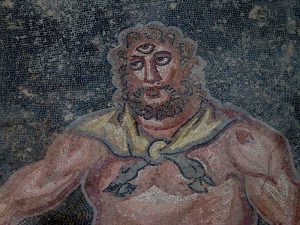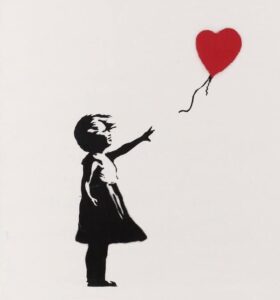All the languages in the world
7 min read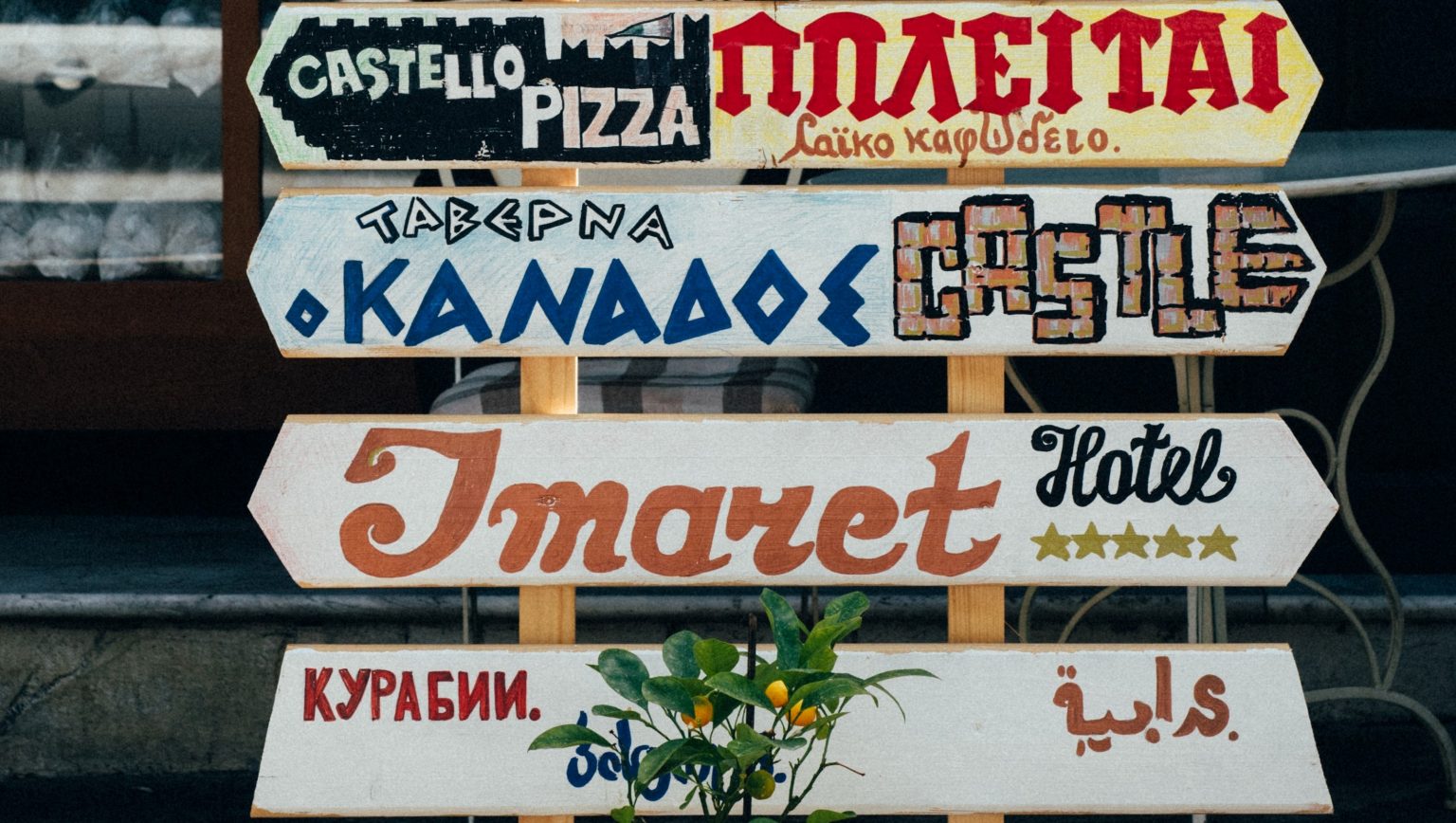
Languages play a fundamental role in human communities. As written by the Greek philosopher Aristotle (4th century BC) in its work Politics, “man is a social animal”: by nature he tends to gather with other individuals and form societies. We are social beings and we need to communicate, in order to do so we need to build common and shared codes to transmit information and give order to the world. Languages and other forms of non-verbal communication are indispensable to the creation and maintenance of human societies.
Thanks to languages and their codification, men are able not only to communicate between members of their own reference group, but also to communicate with strangers. Indeed, how many languages have been “created” by men up to the present day? And what are the similarities between very distant linguistic systems?
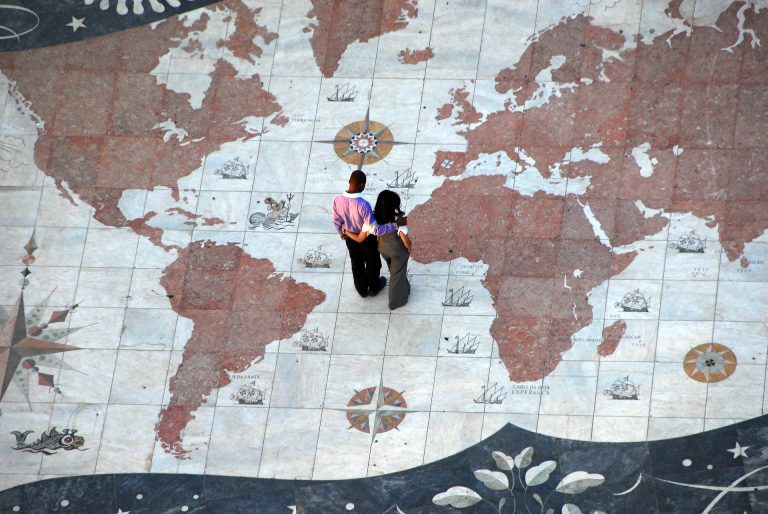
Languages in the world
Languages operate as detectors that identify changes in a community and mark its identity. They are markers of people: for example, the Greeks called barbarians those who did not speak Greek, language determined the status of those who were Greek and those who were not, and the Aztecs called savages those who did not know Nahuatl, the Aztec language.
There are 195 states, to which we can add other nations that are not recognized as autonomous states, but 7139 languages are recognized. We can affirm that in every nation multilingualism exists and that the national language coexists with many linguistic minorities. In Italy, for example, the recognized languages are about 30 and some dialects, such as Neapolitan and Sicilian, are recognized by UNESCO as regional languages of Italy. The linguistic inventory is rather uneven: 97% of the world’s population speaks 4% of the known languages.
Currently, 42% of languages are at risk of extinction, as the groups of speakers of these languages are becoming ever smaller, with some languages having fewer than 1000 speakers. Minority languages are being supplanted by dominant languages, and from generation to generation the minority language is taught less and less, to the point where only a few individuals, generally the elderly, retain the use of that language. In Italy, 64% of native languages are at risk of extinction. In New Zealand and in the United States almost all the present idioms risk extinction, while the lowest percentages of languages risking extinction can be found in Central Asia (for example, in Kazakhstan 0%) and in Africa, where the major percentage for each state does not exceed 40%. Indigenous languages survive where they are not supplanted by dominant languages, and in the specific case of Africa, especially in reference to the colonial period.
The official languages adopted by countries represent only about 7% of the known languages and their probability of extinction is close to zero since they have been adopted at institutional level. The remaining 50% includes languages that are defined as “stable“, i.e. languages that are not only still taught to younger generations, but are also actively used.
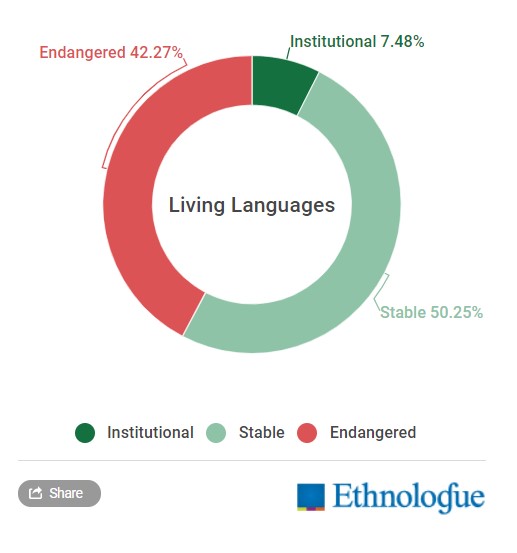
There is a possibility that some indigenous cultural elements will become extinct, as the language capable of expressing them accurately is disappearing. There are small linguistic islands, often denser in tropical regions, where linguistic diversity is much more prominent than in other parts of the planet. There is greater linguistic diversity where there is greater biodiversity because there is a need to describe this varied and rich reality and, as a result, more varieties of language are created.
Depending on the environmental, historical and social context in which a language develops, it presents very different characteristics, elements that we could define almost untranslatable. For example, it is thought that the Inuit language uses many terms to indicate snow, but the question is debated. What we do know is that there is no word to name war. The people of the Arctic have a culture based on peace, love of others, total respect for nature and have never been involved in the wars of the western and eastern world.
A common instrument and thousands of sounds
Apart from the shared communicative purpose, the organs used to speak are the same for all human beings. Our phonatory apparatus is composed of the same elements and we are potentially able to pronounce any sound, if we train our organs to certain actions such as closing our lips, the position of our tongue with respect to our teeth, the passage of air from our lungs and so on.
Obviously, the tongue is indispensable for the articulation of sounds, thus, in many cases this term is used to indicate the idiom. The same word is used to indicate the organ and the idiom, for example, in Italian (lingua), Russian (язык, jazyk) and French (langue). In English, in the term mother tongue, the word tongue is used instead of language in a metaphorical way to emphasise the origin of speech, i.e. the mother and the language understood as organs.
The way in which the phonatory organs are used determines not only the sounds, but also the typical cadences and intonations of each language. Languages, in fact, are not only phonetic expressions, but they organise the sound potentialities in a determined number of codified units called phonemes. Language is the product of a selection of sound units that transform language from a simple sound into a particular composition, made by limited organs and common to all human beings.
Excluding onomatopoeic sounds, there is no connection between the names we give to things and the things themselves. An arbitrary shared code is established by man, it is then maintained, carried on and enriched in order to communicate in an increasingly complex and precise way. The more terms we have at our disposal, the more precise and effective communication can be.
In addition to the articulation of the phonatory apparatus, speakers of different languages use the brain differently. Experiments were carried out on bilinguals to determine how the activation of one language and the consequent inhibition of the other caused a greater blood flow in certain areas of the brain when the subjects were speaking. The bilinguals were asked to speak in their first language and then in their second and through a functional magnetic resonance imaging (fMRI) it was possible to determine that the activity took place in different areas of the brain.
Language families
Language families are groups of languages descended from a common language, called a protolanguage. They are used to place past and present language varieties in a highly articulated scheme of derivational relationships. The French linguist Antoine Meillet (1866-1936) wrote in his work Linguistique historique et linguistique générale that “related languages actually are one and the same language that has been modified in different ways over time”.
The huge number of recognised languages in the world can be divided into 142 language families. Among these, six appear to be the largest and most widespread language families:
- Indo-European, which is spoken throughout Europe, most of Asia, North and South America and South Africa
- Afro-Asiatic, which is spread in North and West Africa, the Horn of Africa and the Middle East
- Niger-Kordofanian, widespread throughout southern, central, eastern and western Africa and Cuba
- the Austronesian family is widespread in China, South-East Asia, the United States, Chile, Madagascar and New Zealand
- the Sino-Tibetan family is widespread in China, India and neighbouring countries
- the Trans-New Guinea family, widespread in Papua New Guinea and Indonesia
These families together account for 2/3 of all known languages. The Niger-Kordofanian and Austronesian families are the most numerous, each counting more than 1200 languages, since the areas in which they have developed present a great linguistic variety due to biodiversity and encounters with different cultures, especially for trade.
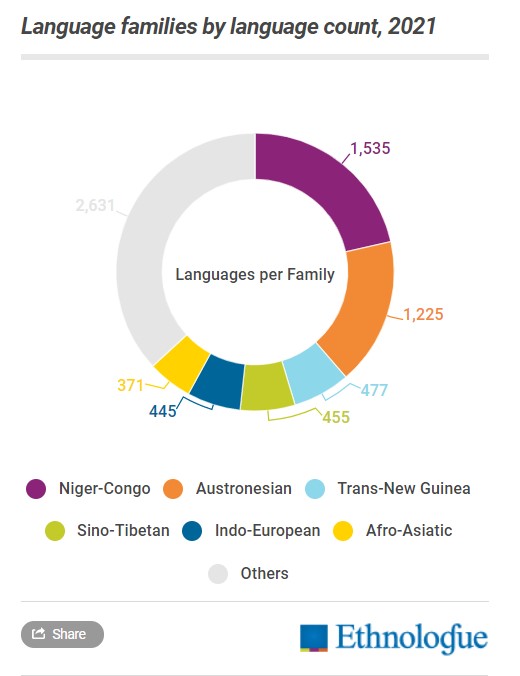
Moreover, these six families account for 5/6 of the world’s population. The number of speakers of the Indo-European group and the Sino-Tibetan group reaches 4.6 billion people. This should not come as a surprise: English, belonging to the Indo-European family, is the most widely spoken language in the world, reaching 1.348 billion people, counting both native and non-native speakers. Its expansion is mainly due to the colonialism implemented by the British Empire and the spread of American culture in more recent times. Mandarin Chinese, belonging to the Sino-Tibetan family, is much more concentrated than English, but if we only take into account native speakers, it is the most widely spoken language in the world with 921 million speakers.
Sources: https://www.ethnologue.com/
Source text: https://www.antropia.it/tutte-le-lingue-del-mondo/
Mi chiamo Giorgia Padovani e sono appassionata di lingue straniere da sempre. Nel corso degli anni ho studiato diverse lingue, arrivando a conseguire una laurea magistrale in interpretariato e traduzione con inglese e russo. Sono curiosa di natura e penso che ogni occasione sia buona per imparare qualcosa di nuovo. Ho vissuto le esperienze migliori della mia vita all’estero, prima in Cile e poi a Londra. Credo fortemente che il mondo sia troppo grande e vario per rimanere sempre e solo in un posto. Per questo mi definisco radicata, ma con lo sguardo rivolto al mondo. Tra le mie passioni, oltre ai viaggi, ci sono la lettura, la fotografia, il cinema e i musical


